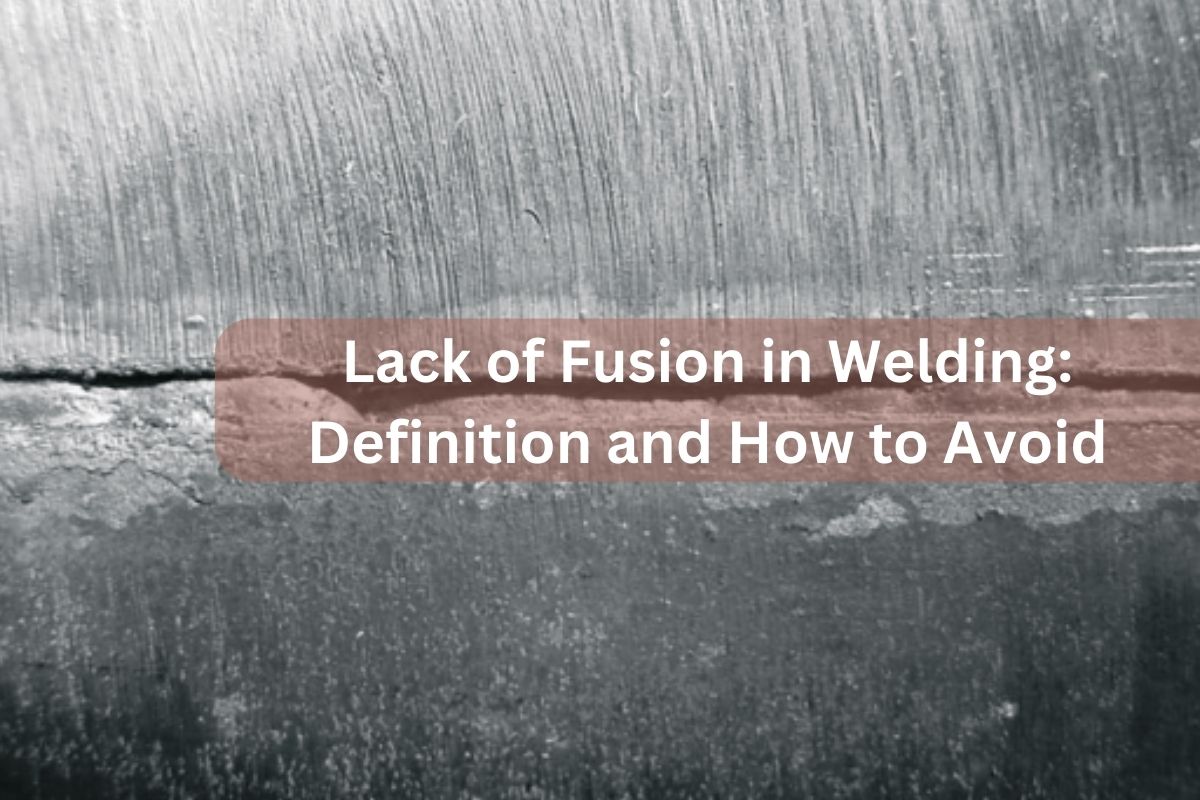Efficient Ways to Prevent Weld Undercut in Your Welding Tasks
Efficient Ways to Prevent Weld Undercut in Your Welding Tasks
Blog Article
Mastering the Art of Welding: Exactly How to Stay Clear Of Undercut Welding Issues for Flawless Fabrication Results
By recognizing the origin triggers of undercut welding and executing reliable strategies to stop it, welders can boost their craft to brand-new levels of quality. In the quest of flawless fabrication outcomes, mastering the art of welding to prevent undercut problems is not just an ability however a need for those striving for excellence in their job.
Understanding Undercut Welding
To prevent undercut welding, welders must guarantee appropriate welding parameters, such as changing the present, voltage, travel speed, and keeping the correct electrode angle. By recognizing the reasons of undercut welding and executing precautionary measures, welders can accomplish high-grade, structurally sound welds.
Reasons For Undercut in Welding
Comprehending the factors that add to undercut in welding is necessary for welders to create high-quality, structurally sound welds. Inadequate welding wrong or present welding rate can additionally contribute to damage. Recognizing these causes and applying proper welding techniques can assist prevent damaging issues, making sure solid and durable welds.
Techniques to stop Undercutting

To minimize the risk of damaging in welding, welders can employ strategic welding strategies intended at improving the quality and stability of the weld joints. Furthermore, using the proper welding strategy for the details joint arrangement, such as weave or stringer grains, can add to minimizing damaging.
Moreover, proper joint preparation, including guaranteeing clean base products free of contaminants and using the suitable welding consumables, is vital in protecting against undercut problems. Employing back-step welding strategies and managing the weld grain account can likewise assist distribute warmth equally and reduce the threat of undercut. Normal examination of the weld joint throughout and after welding, in addition to applying quality control measures, can assist in identifying and attending to undercutting problems quickly. By executing these techniques faithfully, welders can attain flawless manufacture results with minimal undercut defects.
Relevance of Correct Welding Criteria
Choosing and preserving proper welding parameters is important for attaining successful welds with minimal defects. Welding specifications refer to variables such as voltage, present, take a trip speed, electrode angle, and protecting gas circulation rate that straight influence the welding process. These criteria must be thoroughly changed based on the kind of material being welded, its thickness, and the welding strategy utilized.
Correct welding criteria make sure the correct amount of heat is applied to melt the base steels and filler material evenly. If the parameters are established too expensive, it can lead to excessive warmth input, triggering burn-through, distortion, or spatter. On the other hand, if the specifications are also reduced, insufficient blend, lack of infiltration, or damaging may occur.
Quality Control in Welding Procedures

Final Thought
In conclusion, understanding the art of welding calls for a complete understanding of undercut welding, its causes, and techniques to avoid it. By making certain correct welding criteria and implementing quality control methods, flawless construction outcomes can be accomplished. It is essential for welders to continually pursue excellence in their welding procedures to avoid undercut concerns and create high-grade welds.
Undercut welding, a typical flaw in welding processes, happens when the weld metal does not properly fill up the groove useful link and leaves a groove or clinical depression along the bonded joint.To prevent undercut welding, welders should make sure correct welding parameters, such as changing the current, voltage, traveling rate, and maintaining the proper electrode angle. Inadequate welding inaccurate or present welding speed can additionally contribute to damage.To mitigate the risk of undercutting in welding, welders can utilize tactical welding techniques aimed at enhancing the quality and honesty of the weld joints.In verdict, understanding the art of welding needs a detailed understanding of undercut welding, its reasons, and strategies to stop it.
Report this page